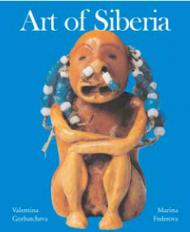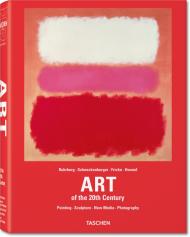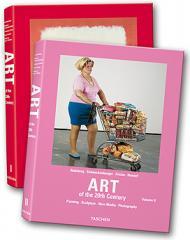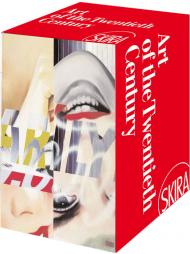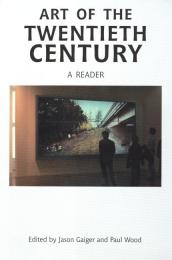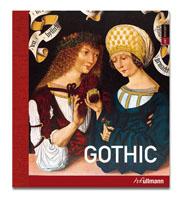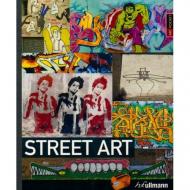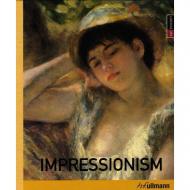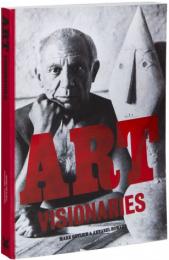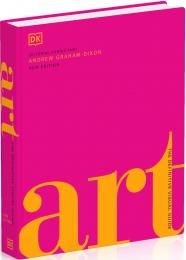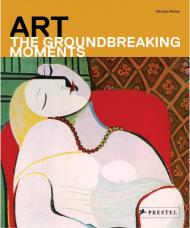Discover more than 2,500 of the world's most influential paintings and sculptures in this beautifully- illustrated guide to the history of art.
Introducing Art: The Definitive Visual Guide - an invaluable reference book that spans 30,000 years of global art history, from cave paintings to contemporary art, and showcases the works of over 700 artists in striking detail to truly bring the artwork to life. Each artistic movement, from the Italian Renaissance to Impressionism to Graffiti Art, is explained in clear detail with descriptions of their origins and influences, characteristic styles and techniques, and typical subjects. A visual timeline of key works gives an overview of the scope of each major movement, while graphics, overlays, and detailed close-ups, show readers how to "read" composition and subject matter, and explain the specifics of the techniques and methods the artist used to create their masterpieces.
The 6 core chapters are structured chronologically, starting with prehistoric art and ancient civilisations, right the way up until modern-day artwork, so there's something for everyone to explore, learn and love. From Romanticism in the 19th Century, to Realism in the 20th Century, whether it's Pop Art or Expressionism, Minimalism and so much more - the beautiful full-colour illustrations and striking imagery, make this art book the perfect gift for the art and history lover in your life, as well as an ideal coffee table book.
Doubling up as a riveting reference book for anyone with an interest in art history who wants to gain a broader knowledge of the subject, as well as the perfect classroom companion in schools, libraries and more, Art: The Definitive Visual Guide is a must-have for your bookshelf.
Explore the pages of this awe-inspiring art history book to discover:
- Over 2500 of the world's most influential paintings and sculptures
- Stunning artwork from more than 700 artists
- 'Closer Look' sections offer detailed analysis of key paintings
About the Authors:
Andrew Graham Dixon (spokesperson and consultant) is one of the leading art critics and presenters of arts television programmes in the English-speaking world. He has presented numerous landmark series on art for the BBC, including the acclaimed A History of British Art, Renaissance, and Art of Eternity, as well as numerous individual documentaries on art and artists. For more than 20 years, he has published a weekly column on art, first in the Independent and, more recently, in the Sunday Telegraph. He has written a number of books on subjects ranging from medieval painting and sculpture, to contemporary art.
Ian Chilvers (consultant) is a writer and editor whose books include The Oxford Dictionary of Art, The Baroque and Neoclassical Age, and A Dictionary of Twentieth-Century Art. He was the specialist consultant for the 17th- and 18th-century chapters of this book.
